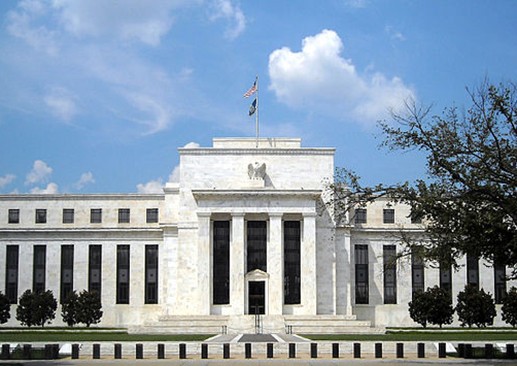What’s wrong with this sentence: “U.S. economic growth increased 1%, to 6% from 5%”? If you haven’t guessed already, you’re probably not alone. Confusing percentages and percentage points is a common mistake. The change to 6% from 5% is an increase of one percentage point; a 1% increase would be from 5% to 5.05%. Anytime you’re comparing the change between two percentages, make sure to express that change in percentage points.
Another common mistake involves confusing market averages with indexes. The Dow Jones Industrial Average and the Nikkei 225 Stock Average are among the best-known price-weighted market gauges. They are basically calculated by adding up all the share prices and dividing by a constant, so a higher-priced share will have a bigger impact on the average than a lower-priced one. Indexes, on the other hand, are weighted by the size of each company in the average as measured by market capitalization (simply the current share price multiplied by the total number of shares in the company). So, a bigger company will have a bigger impact on the index. Confusingly, the Nikkei 225 is also often referred to as an index.
And when describing the change in either averages or indexes, it’s far better to calculate a percentage change than express the change in points. After all, a one-point drop in the Dow Jones Industrial Average, currently trading around 43,000, means a lot less than a one-point drop in the S&P 500 Index, the other main U.S. stock benchmark (now around 6,000). And calculating a percentage change is easy: just subtract the prior result from the current result and then divide by the prior result. Multiply that by 100 and you have your percentage change. The Bureau of Labor Statistics has more information here.
A more insidious issue in statistical literacy is assessing accuracy rates, especially in systems that attempt to identify uncommon behavior. If a retailer installs an AI-powered surveillance system that is 95% accurate, many people would assume that if it flags someone as a shoplifter, there’s a 95% chance that person really committed the crime. But that fails to take into account the relatively low occurrence of shoplifting in the United States: the Council on Criminal Justice estimated in 2023 that out of every 100,000 shoppers, only 39 are shoplifters. The system would identify 95% of those 39 shoplifters, or 37, but would also erroneously flag 5% of the innocent shoppers – or almost 5,000!
And of course, confusing correlation with causation is yet another bugbear in financial statistical literacy. It’s not uncommon to see this fallacy in market commentary, attributing the change in an index level to one particular factor, which at best is an oversimplification of market dynamics, involving millions of individuals with almost as many different views. After all, BusinessWeek once produced a graph showing that the popularity of the name Ava for newborns surged in the years ahead of the 2007-2008 U.S. housing market crash – but it wouldn’t be fair to any of those innocent little Avas to blame them for that debacle.











